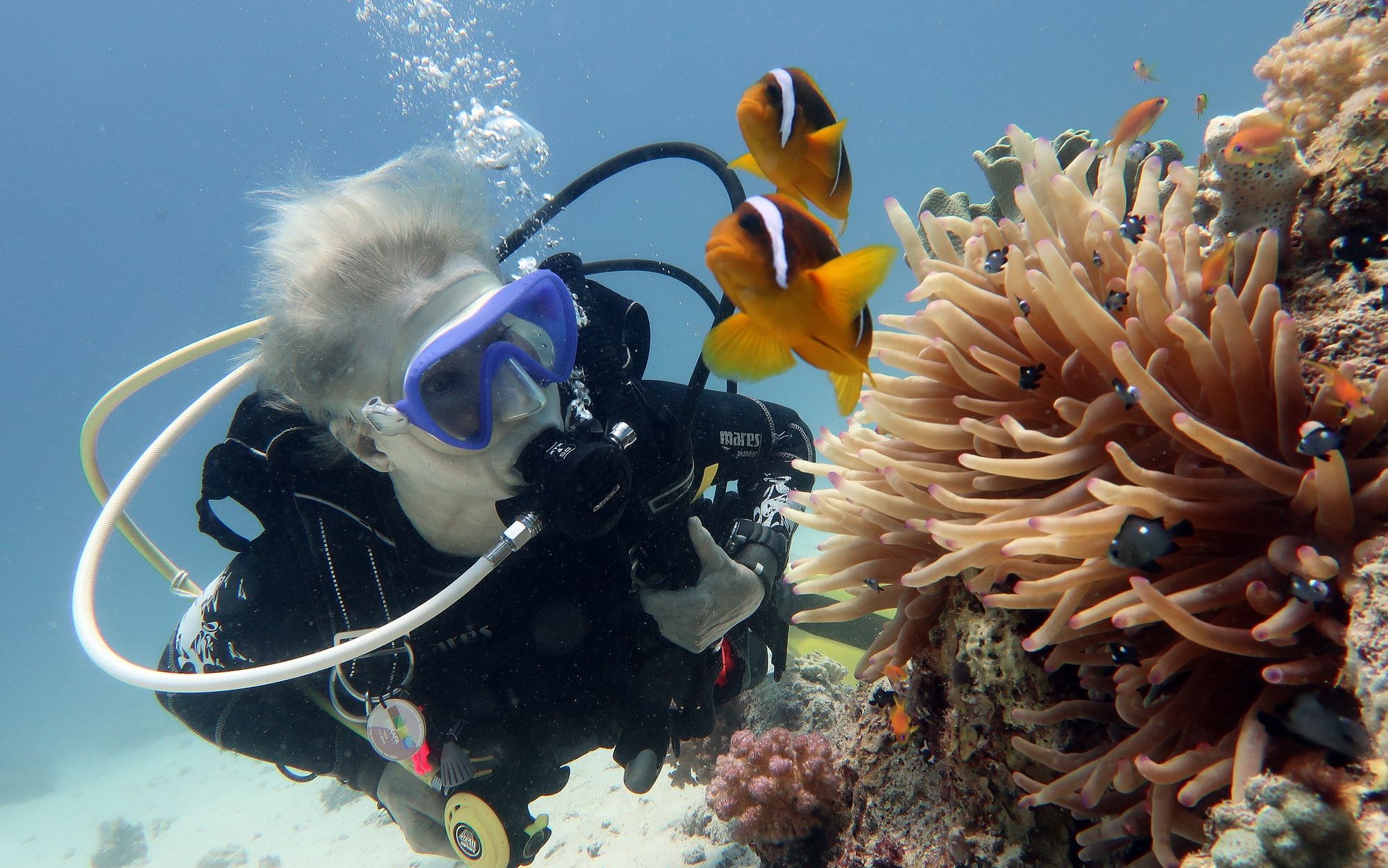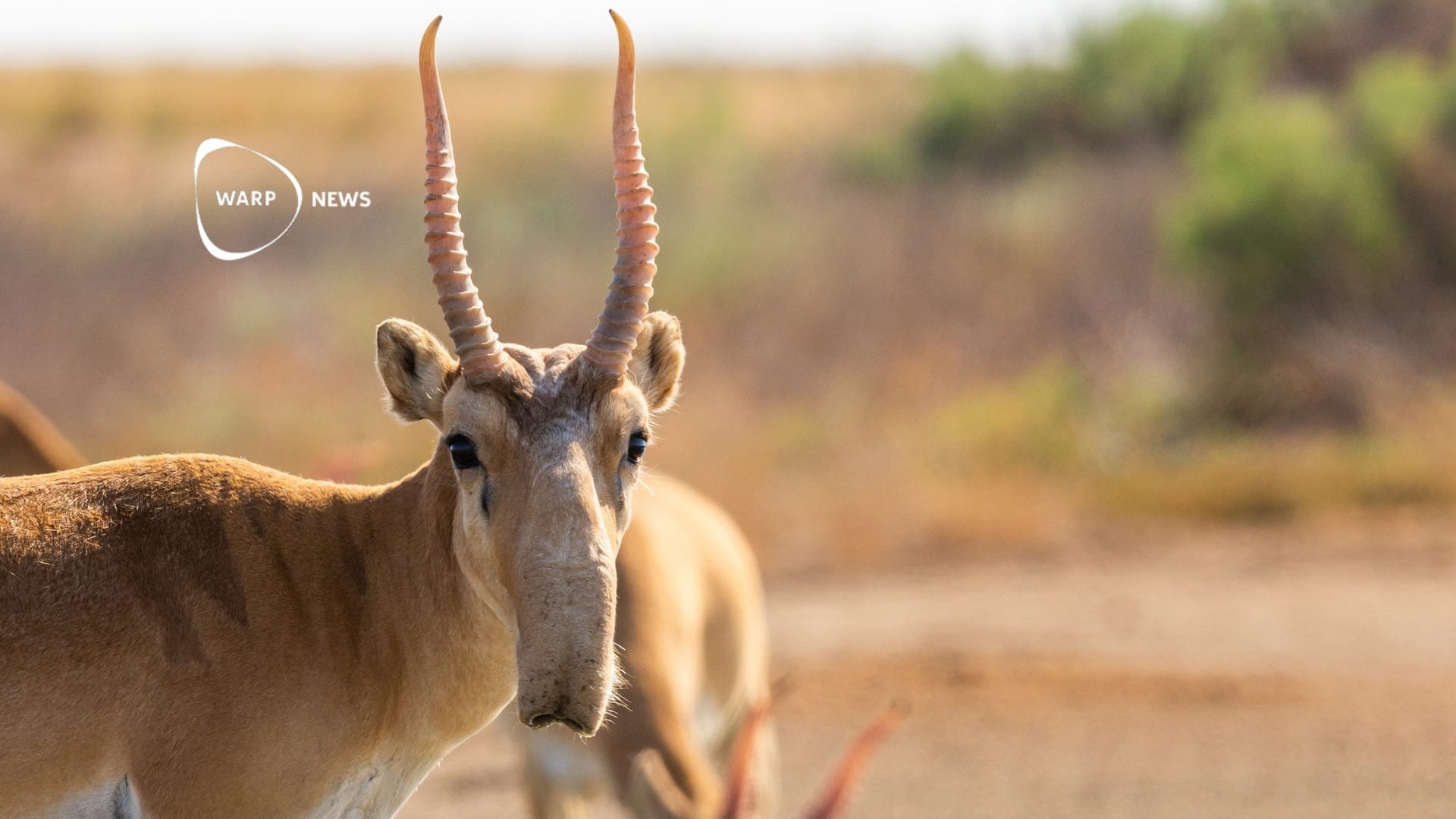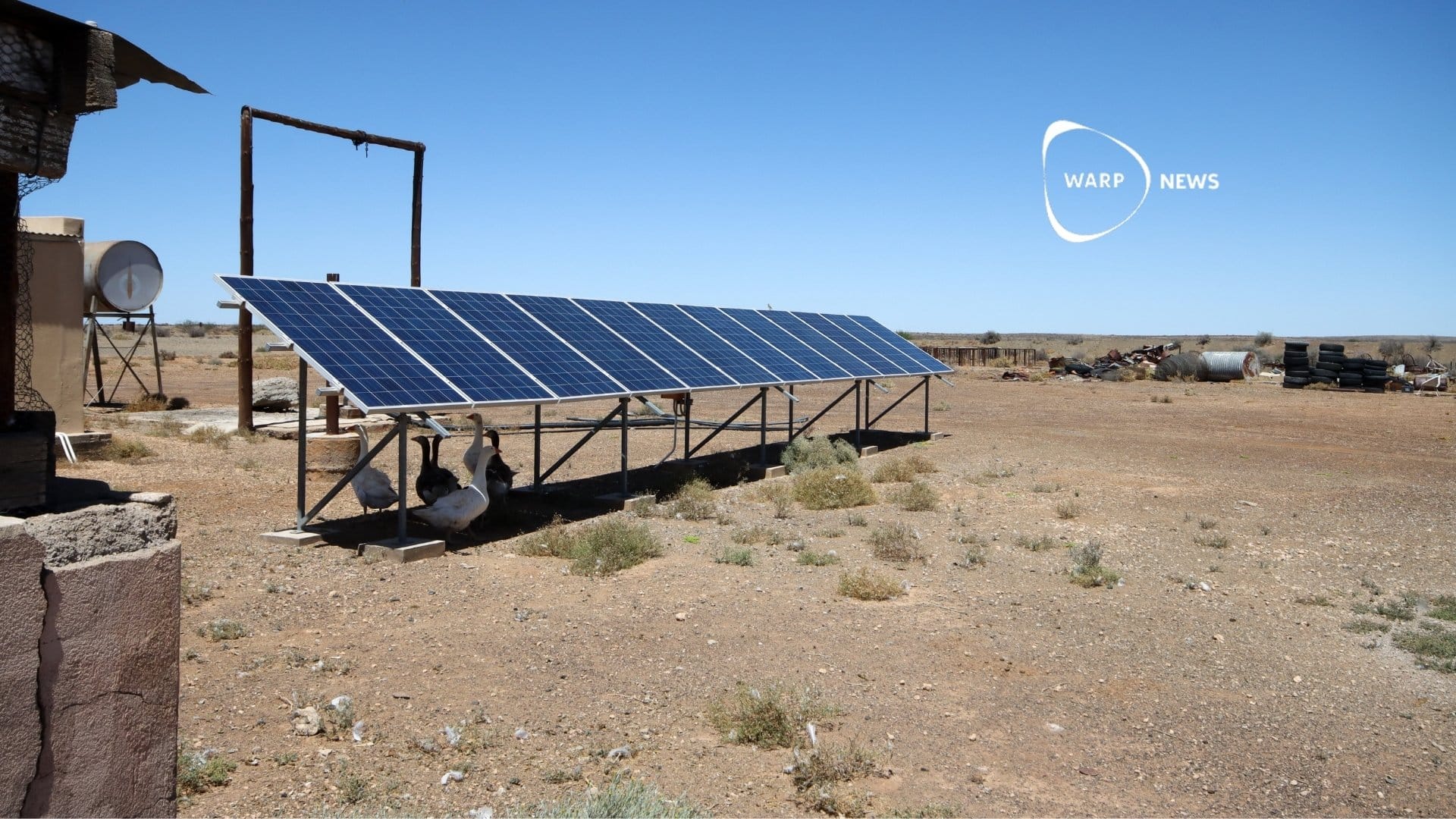
🗺 A "citizen science" project to map the Great Barrier Reef
This citizen science project aspires to analyze the Great Barrier Reef with help from volunteers.
Share this story!
A global crowdsourcing project is mapping out the Great Barrier Reef one photo at a time. This project was launched last year in hopes to find the areas of the reef most at risk as a result of climate change and other devastating influences.
The team behind the project known as Great Reef Census has been at it for a year now. They began last year by sending a message to all sailors and divers in the reef area to shoot films and photos under water. A few diving organizations were quick to jump on board in the project.
The material is now posted online and available globally for people to analyze. The goal for the project is to gather data and put together a health map of the reef in order to identify solutions to reverse the damage being done.
The volunteers have submitted 13 000 pictures of the reef. Now they look for help to analyze them. Some of the pictures show brightly colored corals and fish, but some display grey areas and corals that have been destroyed due to the ocean's rising temperature and pollution.
Corals can recover
Another goal for the project is to detect which part of the reef produces the most “coral babies” or larvae in order to collect them to help revive dying reefs.
“Many of us may not be able to travel to or dive at the reef right now but, regardless of circumstance, we can contribute to its future – and ultimately the future of other reef systems around the world,” Kristin Valette-Wirth, Chief Brand and Membership Officer for PADI Worldwide told California Diver.
Coral bleaching is a very serious problem. However, the corals can actually recover from it if the water temperatures go back to “normal” within a certain time span.
World Economic Forum writes
“This happens naturally at small scales as temperatures rise and fall subject to unusual weather occurrences or as a result of storms, which also physically damage the fragile corals. These events are historically rare, allowing the corals to reestablish themselves.”.
There are many programes seeking to collect volunteers to bring life back to the reefs - The Great Barrier Census is only one of them.
By becoming a premium supporter, you help in the creation and sharing of fact-based optimistic news all over the world.


